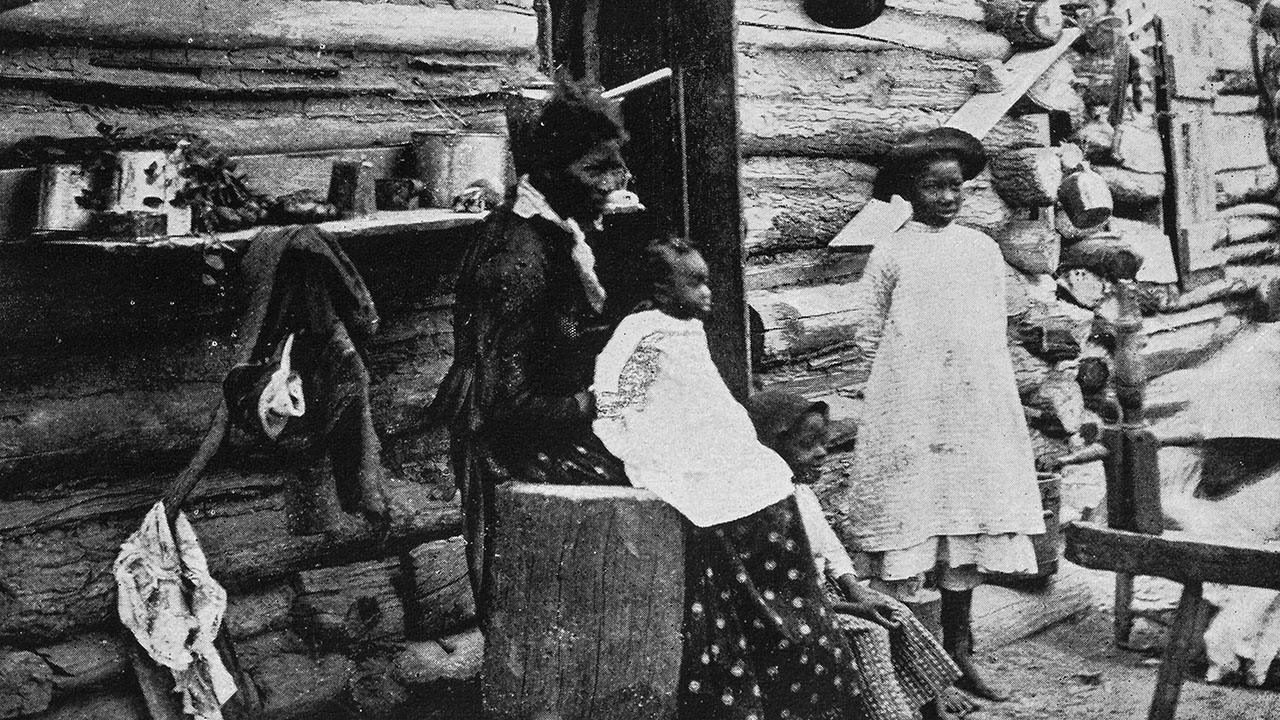
Through collaboration with demographic historian J. David Hacker of the College of Liberal Arts and the Institute for Social Research and Data Innovation (ISRDI), School of Public Health Assistant Professor J'Mag Karbeah identified an association between residential segregation and the likelihood of experiencing a child death in the early 1900s.
Making Large Population Datasets Accessible
As a health equity-focused researcher, Karbeah is especially interested in reducing racial disparities in health outcomes and understanding the contributing structural factors. Most of her research tends to be qualitative, meaning that she works with smaller sample sizes, but for her study of the relationship between segregation and child mortality, she needed to work with a sample size equal to the population of the United States at the turn of the century.
Enter the Minnesota Population Center (MPC). One of four centers contained in ISRDI, MPC provides training and access to large datasets for interdisciplinary population science research and is one of the most productive centers at the University of Minnesota in terms of grant dollars received and number of publications. As part of her doctoral training, Karbeah took a formal demography course on fertility at the MPC led by Hacker, who had studied child mortality within European immigrant populations.
Through this course, Karbeah also learned about the tools and data available through IPUMS, another ISRDI center. Originally founded 30 years ago, IPUMS was the first to digitize census data and is the single largest collection of census and survey data from around the world. IPUMS harmonizes the data and makes it easily accessible to researchers, free of charge.
Census Data Reveals Relationship between Segregation and Child Mortality
With Hacker’s support and access to tools and prior research done at MPC and IPUMS, Karbeah was able to take large data sets from the 1900 and 1910 censuses and ask the question: how did segregation impact child mortality?
The answer: In 1910, neighborhood segregation dramatically widened the mortality gap between white and Black children in both urban and rural areas. Black children especially suffered in urban areas, where they experienced twice the risk of death. In Savannah, Georgia, Black children were 3.2 times more likely to die than white children and approximately 50% of those Black children did not survive. These findings were recently highlighted in Science.
Thanks to the data, training, and tools provided by the MPC and IPUMS, Karbeah and Hacker were able to illustrate a more complete picture to back their findings. “With a lot of research, you have to say, ‘this is a subsample,’ but with this work, this isn’t a subsample of the population. This is the population,” said Karbeah.
The census data also provides a different illustration of a city’s composition by showing not just the ethnic breakdowns of a city but where different populations lived.
“If we look at a neighborhood and see that it’s 10 percent Black and 80 percent white, that’s useful. But are those Black people in one tiny space and separate from the white people? That’s what the census can illustrate,” Karbeah explained. “We’re looking at segregation in a different way, and what we found shows that even before the formalization of redlining, you still see similar patterns.”
ISRDI Centers Provide Value to Researchers
The MPC is a fantastic resource for researchers and provides a welcoming community, where scholars can tap into a dynamic group interested in helping finetune research, according to Karbeah, who also recommends the MPC’s weekly research seminars that are open to the public and showcase researchers from around the world.
“The beauty of demography is that it’s such an interdisciplinary field,” said Karbeah. “One week you might have a family studies person, the next week an economist, then a geographer, so it’s a great opportunity to learn a lot of varied information. And if you’re interested in knowing what kind of research is out there and the critical questions being asked, these seminars are a really great way to plug in.”
MPC membership is free to anyone at the University and provides access to a whole list of services. In addition to the workshops and seminar series, members can find writing help, grant application support, and connection with other researchers. MPC also provides training programs that help researchers better utilize IPUMS.
From a time perspective, the IPUMS makes it easier and quicker for demographic researchers to get answers to complicated inquiries. While IPUMS is a great resource for University researchers, it is available to anyone and is a valuable tool that provides terabytes of data daily to people around the world from across different industries.